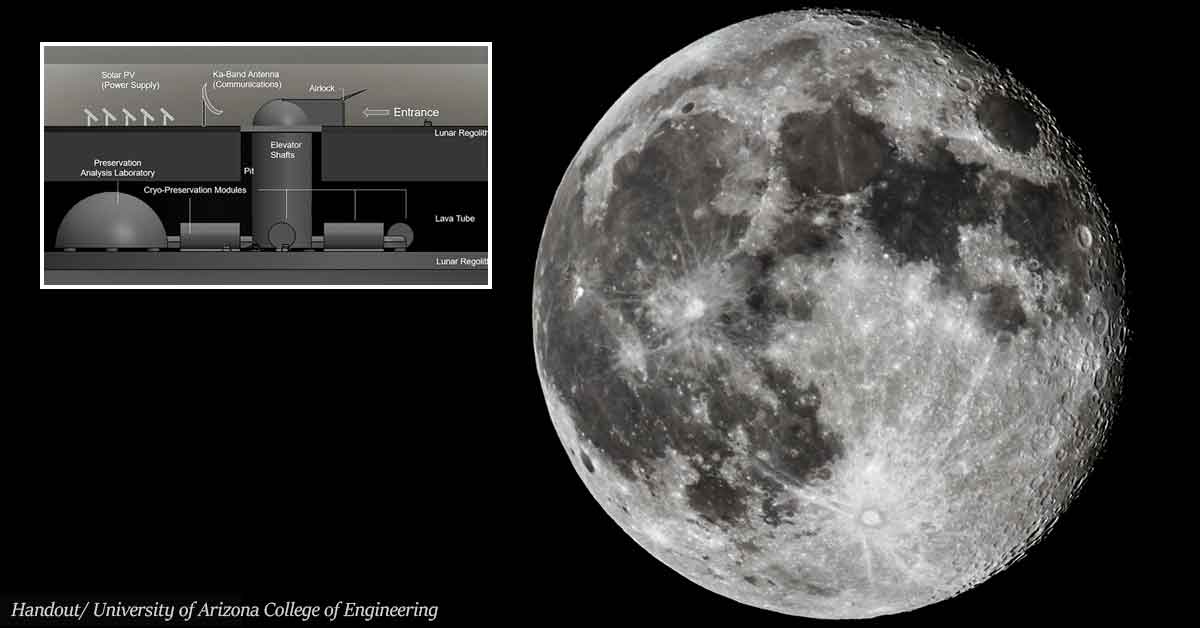Arizona scientists want to construct an underground ‘Doomsday’ vault on the moon.
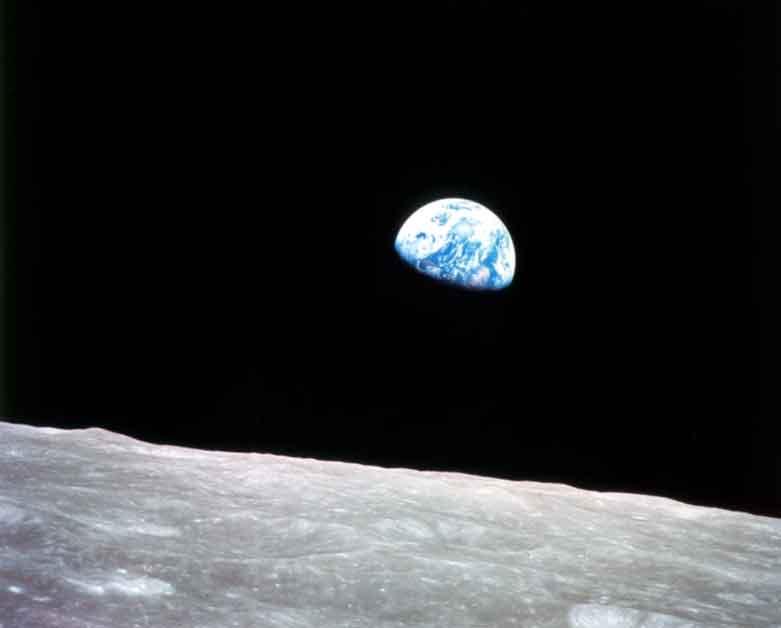
Scientists from the University of Arizona proposed building a ‘Doomsday vault’ beneath the surface of the moon, similar to the one in Norway.
Inspired by the Global Seed Vault in Svalbard, which contains nearly one million samples of various seeds, the Arizona scientists theorized that a similar construction could be built on the moon.
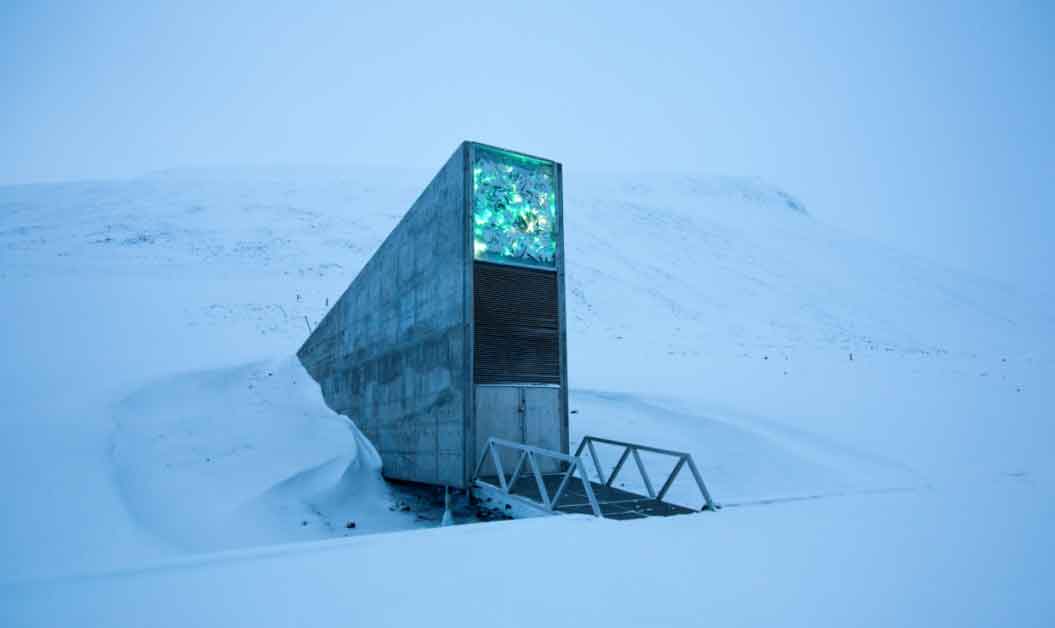
As UNILAD explains, the moon storehouse would be home to millions of seed, spore, sperm, and egg samples from Earth’s species to protect humanity in the case of the “total annihilation of Earth.”
The experts project to cryogenically preserve 6.7 million species samples on the Earth’s natural satellite.
They plan to hide the vault in a network of about 200 tubes discovered in 2013, which are believed to have carried streams of lava that melted through the soft rock to form the underground tunnels billions of years ago.
According to the researchers, the tubes could be the perfect place for preserving the samples, as they would protect the depository from solar radiation, surface temperature changes, and micrometeorites.
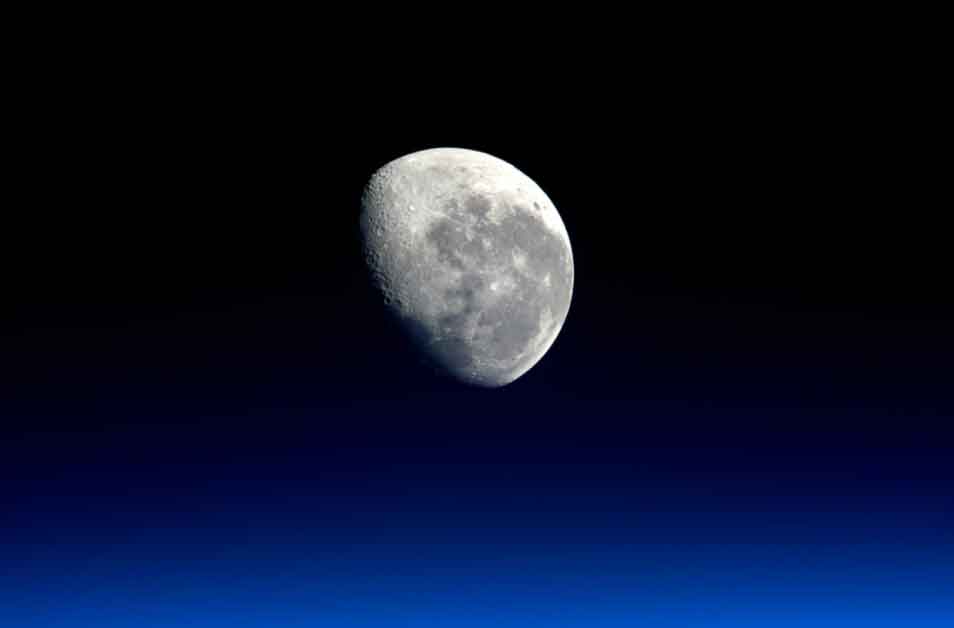
The “modern global insurance policy” would be powered by solar panels. The scientists explained that the storehouse would be accessed by elevator shafts that would lead to the main facility, where all of the millions of samples would be stored.
According to the specialists, the construction of the vault would be dependent on how advanced cryo-robotics technology is.
UArizona researcher Jekan Thanga's ambitious, Noah's Ark-inspired project aims to preserve humankind – and animal-kind, plant-kind and fungi-kind – in the event of a global crisis. https://t.co/INK23161qz pic.twitter.com/5XDXzX4CA7
— University of Arizona (@uarizona) March 8, 2021
They note that to be cryopreserved, seeds must be cooled to -292°F (-180°C). Meanwhile, stem cells need a temperature of -320°F (-195.5°C). The scientists fear that such low temperatures could cause metal parts of the base to freeze.
However, the Arizona experts are clear that such a step is necessary for the future of mankind. Jekan Thanga, a professor of aerospace and mechanical engineering at the University of Arizona College of Engineering, insisted:
“Earth is naturally a volatile environment. As humans, we had a close call about 75,000 years ago with the Toba supervolcanic eruption, which caused a 1,000-year cooling period and, according to some, aligns with an estimated drop in human diversity. Because human civilization has such a large footprint, if it were to collapse, that could have a negative cascading effect on the rest of the planet.”
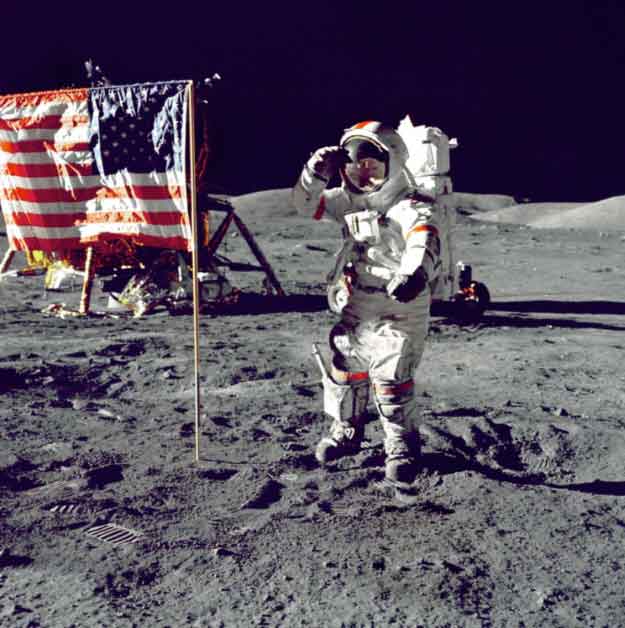
Understandably, there are many factors that are yet to be discussed and challenges to be overcome. Nevertheless, the scientists are hopeful that this project would bring humanity a step closer to becoming “a space civilization.”
Álvaro Díaz-Flores Caminero, a UArizona doctoral student, addedDo:
“What amazes me about projects like this is that they make me feel like we are getting closer to becoming a space civilization, and to a not-very-distant future where humankind will have bases on the moon and Mars.”
He concluded:
“Multidisciplinary projects are hard due to their complexity, but I think the same complexity is what makes them beautiful.”

